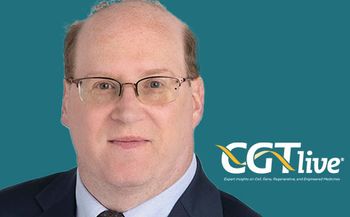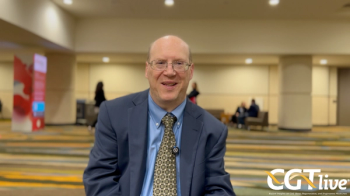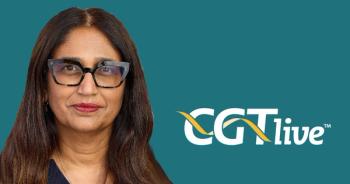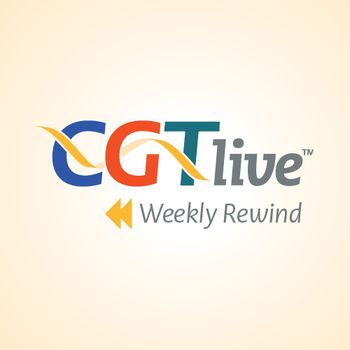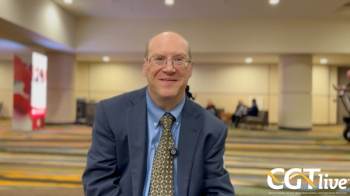
Natalie Goedeker, CPNP, on Handling Neuromuscular Gene Therapy at Real-World Sites
The codirector of pediatric neuromuscular clinical research at Washington University in St. Louis discussed the session she chaired at MDA’s 2025 conference.
“There has to be recognition that we need to be vigilant for new adverse events and that it's really a serious thing when you dose a child with gene therapy. We just need to be mindful to not become flippant about it the more and more we dose these patients because new side effects do come up...”
As Sarepta Therapeutics’ delandistrogene moxeparvovec-rokl (marketed as Elevidys), an adeno-associated virus (AAV) vector-based gene therapy approved by the FDA for the treatment of Duchenne muscular dystrophy (DMD), and Novartis’ onasemnogene abeparvovec (marketed as Zolgensma), an AAV vector-based gene therapy approved by the FDA for the treatment of spinal muscular atrophy (SMA), become established fixtures of the landscape of care for their respective indications, treatment centers are gaining real-world experience with their application. As such, an incentive for discussion of challenges and strategies adapted for local conditions has arisen. At the
Shortly after the conference, CGTLive® got in touch with Natalie Goedeker, CPNP, the codirector of pediatric neuromuscular clinical research at Washington University in St. Louis, who chaired the session, to learn more. Goedeker went over the key topics that were discussed during the session. For example, safety concerns, especially following the recent announcement of a postdosing death of a teenager with DMD, were a major area of consideration in the session. Discussions also covered ethical dilemmas, such as disagreements between patients and parents over treatment, and logistical challenges like ensuring newborns receive urgent therapy when families are uncooperative.
Goedeker noted that sites also differ in their monitoring approaches, with some requiring patients to live near clinics posttreatment. She stated that the main takeaways were that gene therapy protocols vary by site and should remain adaptable. Furthermore, she emphasized that a robust, multidisciplinary team is essential, and ongoing vigilance is needed as more patients receive these treatments.
REFERENCE
Gene therapy for intermediate/experienced sites. Presented at: 2025 MDA Conference, March 16-19; Dallas, Texas.
Newsletter
Stay at the forefront of cutting-edge science with CGT—your direct line to expert insights, breakthrough data, and real-time coverage of the latest advancements in cell and gene therapy.

